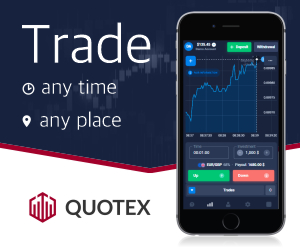Leverage in Forex — Definition, Example, and How to Use It Safely
Clear explanation • Example • Benefits • Risks
Definition
In forex, leverage is the ability to control a large position with a small amount of capital by borrowing funds from your broker.
How Leverage Works
Leverage is expressed as a ratio, such as 50:1 or 100:1. A leverage of 100:1 means you can control $100,000 with only $1,000 in margin.
Example
If you have $1,000 in your account and use 50:1 leverage, you can trade positions worth up to $50,000.
A 1% move in your favor = $500 profit.
A 1% move against you = $500 loss.
Benefits of Leverage
- Enables control of larger positions with smaller capital.
- Can amplify returns from small market moves.
- Increases trading flexibility and opportunities.
Risks of Leverage
- Magnifies losses as well as profits.
- Can lead to rapid account depletion.
- May trigger margin calls if not managed properly.
Safe Leverage Practices
- Use lower leverage (10:1 or less) if you are a beginner.
- Always set stop-loss orders.
- Risk only 1–2% of your account per trade.
Quick FAQ
Q: Is higher leverage better?
A: Not always. It can increase both potential profits and risks.
Q: Do all brokers offer the same leverage?
A: No. Leverage limits vary by broker and regulation.




